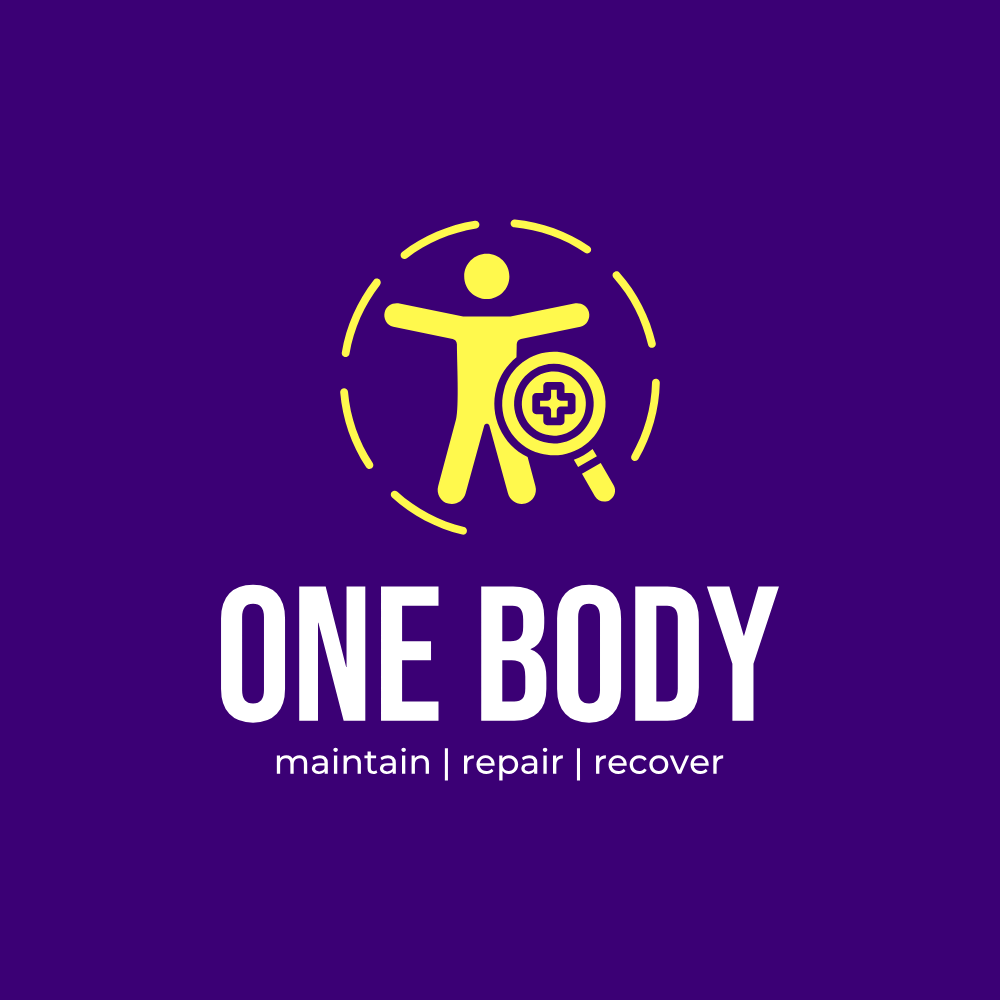The Lower Back: The Foundation of Function
By One Body | Where Stability Starts
Function: Stability, flexion/extension, slight rotation
Common Issues: Lower back pain, disc compression from poor sitting posture
Key Movements:
Pelvic tilts
Cat-cow with focus on lumbar curve
Supine knees-to-chest
Seated forward fold
Supine twists
The lower back — or lumbar spine — is one of the most common areas of complaint I see in clinic. And it’s no surprise why.
This region is our base of movement, our core connector, and the stability link between our upper and lower body.
Yet despite being so important, the lower back is often neglected, mistreated, or misunderstood — until pain stops people in their tracks.
🧠 Why the Lower Back Matters
The lumbar region supports posture, balance, and nearly every movement we do — from walking to lifting, sitting to twisting. It anchors to the hips (pelvis) and is intrinsically tied to our core strength, flexibility, and alignment.
🔹 It houses critical nerves that feed into the legs
🔹 It absorbs load during standing, lifting, bending
🔹 It stabilises us through transitional movement
🔹 And it’s a key indicator of how well our body is moving overall
When the lower back is out of balance — the whole body suffers.
🧬 What Causes Lower Back Pain?
Across years of treating clients, I’ve seen the same patterns appear again and again. Here are some of the top culprits:
💢 Poor Sitting Habits
Inappropriate chairs, poor lumbar support, or old sagging mattresses strain the lower spine. Long hours sitting with bad posture is a leading contributor.
💢 Dehydrated Spinal Discs
Most people don’t realise how important hydration is to disc health. The lumbar discs need water to stay spongy, cushioned, and functional. Dehydration = degeneration.
💢 Pregnancy & Postnatal Pressure
The body goes through massive shifts during and after pregnancy. The lumbar curve deepens (lordosis), ligaments loosen, and the pelvic floor/core are challenged — all of which puts strain on the lower back.
💢 Muscular Imbalances & Spinal Conditions
Conditions like lordosis, scoliosis, or leg length discrepancies alter posture and load through the back, leading to uneven wear, tension, and pain.
💢 Impact Injuries or Trauma
Falls, car accidents, or lifting injuries can compress the spine and irritate nerves. Without proper rehab, the body learns to move around pain — creating long-term dysfunction.
💢 Weak Core Muscles
The lumbar spine relies on abdominal and gluteal strength to stay supported. In desk workers, drivers, or even tradespeople, weak core stability leads to overuse and strain.
🔄 The Ripple Effect: Above & Below
The body is connected, and issues in the lumbar spine don’t stay there.
🔺 Upper spine & shoulder pain can occur from compensation
🔻 Hips, knees, and feet often change their function to reduce pressure
➡️ Poor posture becomes the norm, which in turn tightens the fascia and restricts movement patterns
💉 The Problem with Quick Fixes
Cortisone and steroid injections are at an all-time high — but they offer only temporary relief, not resolution.
In many cases, clients are masking symptoms, while the real causes — poor posture, muscular weakness, mobility restrictions, or hydration issues — go unaddressed.
🧍♂️ What I See in Clinic
Time and time again, these signs show up in my lower back clients:
✔️ Weak abdominals and glutes
✔️ Tight hip flexors and hamstrings
✔️ A stiff sacroiliac joint or pelvis rotation
✔️ Uneven gait due to poor movement patterns
✔️ Compensation in thoracic or cervical spine
✔️ Disc dehydration or nerve irritation from poor movement habits
✅ Final Thought: The Lower Back Is Telling You Something
If you're feeling tight, stiff, sore, or like you’ve lost power in your movement — your lower back might be signalling imbalance.
Whether it’s been caused by work, lifestyle, pregnancy, or an old injury, your body is trying to adapt… and it’s time to listen.
📅 Need a lower back assessment or full-body MOT?
Let’s identify the root causes, restore your movement, and help you feel in control again — from the base up.
Book in with One Body.
Because everything starts from the core.

